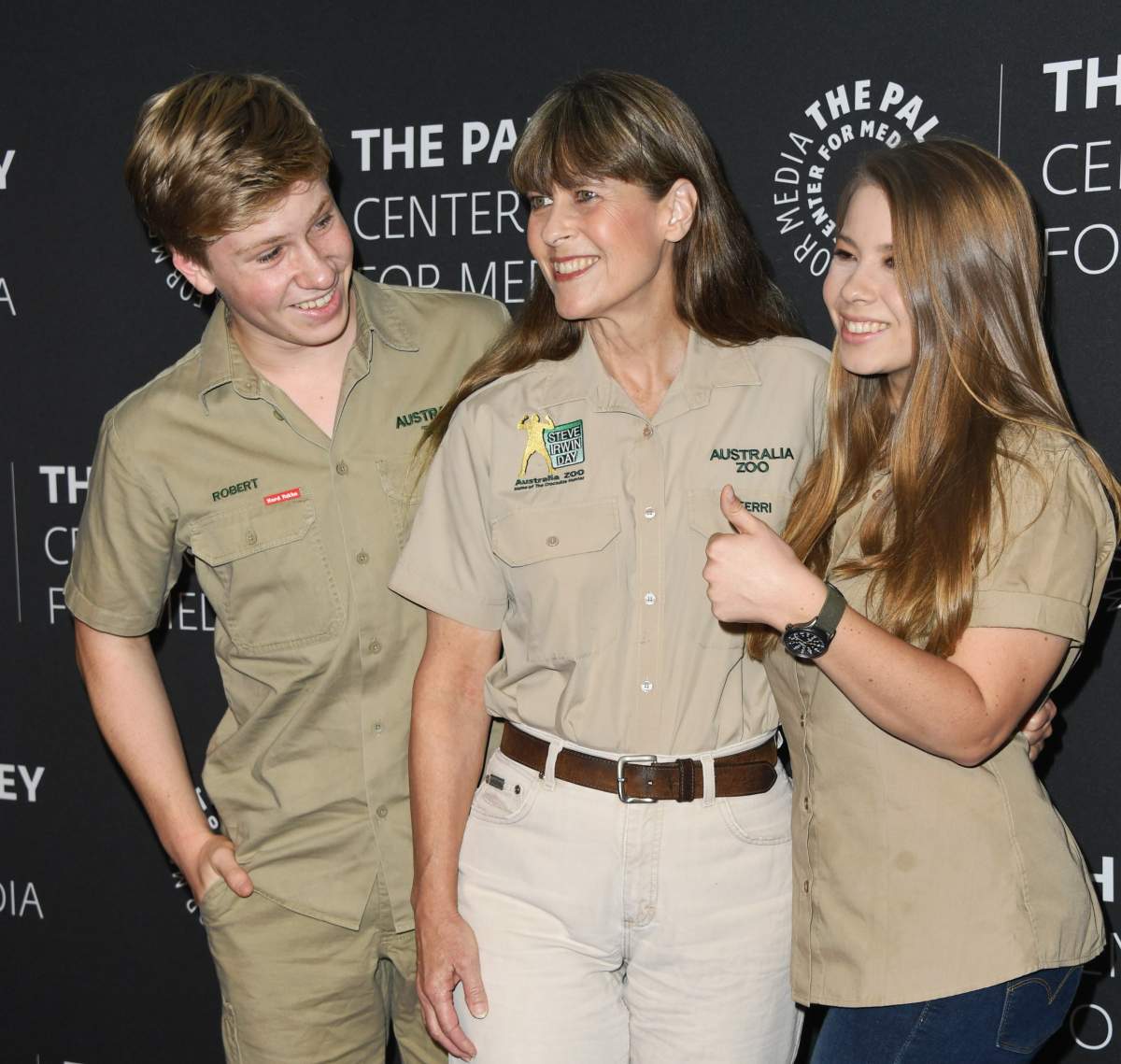The Irwin family has rescued and treated over 90,000 animals, many of which were injured in Australia’s wildfires.

Bindi Irwin, the late Steve Irwin’s daughter, reveled the news in an Instagram post.
“With so many devastating fires within Australia, my heart breaks for the people and wildlife who have lost so much,” Bindi’s post began.
“I wanted to let you know that we are SAFE.”
“There are no fires near us @AustraliaZoo or our conservation properties,” she continued. “Our Wildlife Hospital is busier than ever though, having officially treated over 90,000 patients. My parents dedicated our Australia Zoo Wildlife Hospital to my beautiful grandmother.
“We will continue to honour her by being Wildlife Warriors and saving as many lives as we can.”
Bindi shared another post on Saturday with a photo of Blossom the possum, who died after being rescued from the fires.
“Blossom the possum was admitted to the #AustraliaZoo Wildlife Hospital after being caught in one of the bushfires burning in other parts of Queensland,” Bindi wrote. “We have such an incredible team who work day and night to protect gorgeous animals like Blossom.

Get breaking National news
“Devastatingly this beautiful girl didn’t make it even after working so hard to save her life.”
Bindi said that “this is the heart-wrenching truth, every day is a battle to stand up and speak for those who cannot speak for themselves.”
Bindi’s late father, Steve, also known as The Crocodile Hunter, was a nature nut and an internationally-known fixture on the channel. He was killed by a stingray barb through the chest in 2006 while shooting an underwater documentary film in his native Australia. The cameraman with Irwin at the time claimed the popular TV personality was stung “hundreds of times.”
Since Steve’s accident, the Irwin kids have grown up and continued their parents’ legacy of embracing nature in all its forms.
Australia’s government on Monday said it was willing to pay “whatever it takes” to help communities recover from deadly wildfires that have ravaged the country.
Australian Prime Minister Scott Morrison said the government was committing an extra 2 billion Australian dollars ($1.4 billion) toward the recovery effort, in addition to the tens of millions of dollars that have already been promised.
“The fires are still burning. And they’ll be burning for months to come,” Morrison said.
“And so that’s why I outlined today that this is an initial, an additional, investment of $2 billion. If more is needed and the cost is higher, then more will be provided.”
Nationwide, at least 24 people have been killed and 2,000 homes destroyed by the blazes, which have so far scorched an area twice the size of the U.S. state of Maryland.

Rain and cooler temperatures on Monday were bringing some relief to communities battling the fires. But the rain was also making it challenging for fire crews to complete strategic burns as they tried to prepare for higher temperatures that have been forecast for later in the week.
More than 135 fires were still burning across New South Wales, including almost 70 that were not contained. Officials have warned that the rain won’t put out the largest and most dangerous blazes before conditions deteriorate again.
Wildfires are common during the southern hemisphere summer, and Australians generally take a pragmatic view of them. But this year’s fires arrived unusually early, fed by drought and the country’s hottest and driest year on record.
Scientists say there’s no doubt man-made climate change has played a major role in feeding the fires, along with factors like very dry brush and trees and strong winds.
—With files from The Associated Press








Comments